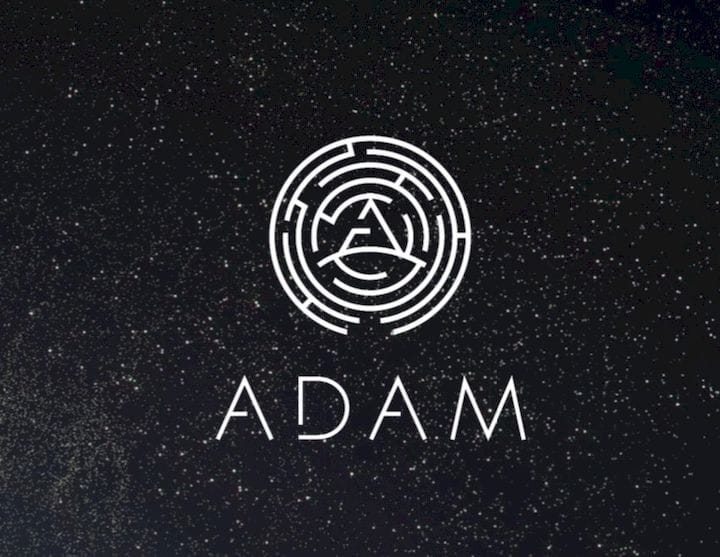We’ve just learned of a new venture seeking to simplify access to 3D printed bones: The ADAM Project.
This venture is led by Vlad Usov, who happens to be the founder and CEO of Kwambio, a company specializing in ceramic 3D printing. That company developed and produces several powerful 3D printers that can create high-quality ceramic objects. There are very few ceramic 3D printer options on the market, and Kwambio is one of them.
But now it seems their expertise in ceramics has been applied to another field entirely: healthcare.
The ADAM Project is an entirely separate company from Kwambio, but likely draws upon skills and staff from the first company, starting with the CEO, Usov. It’s based in the USA and already has a number of high power investors, including noted startup accelerator TechStars, as well as BioCT, a bioscience ecosystem; Applied Medical, who produce surgical devices; a venture capital firm; and finally Stanley Black & Decker.
What? I cannot determine a connection between power hand tools and a 3D printed bone service, but there you go.
The ADAM Project hopes to create a vast digital library of CT scans obtained from patients. These can then be 3D printed in a couple of different processes to produce highly functional substitutes for original tissue or bone. Currently they’re working on two materials: a “modified biopolymer” that is suitable for imitating bones and organ tissues; and a “bio-glass ceramic” that can efficiently bond with human bones.
Their goal seems to be to provide a reliable and powerful 3D printing service to the healthcare industry, specifically for bones, but later, it seems, actual replacement organs.
The service will involve a 3D scanning component using a “digital platform” developed by the project, a cloud system to print bones, and a worldwide network of clinics certified to use the service.
The company launched in secret in mid-2018, and is now approaching the end of development for their scanning platform. By the end of this year they hope to have clinical trials underway and perhaps an actual surgery using their products.
If they’re successful they will attempt to raise additional investment funds early next year. I can imagine this could be a massive round, given the interest in and requirement for such services. Anyone can require replacement bones; it just takes a sudden accident and you could be a client of the ADAM Project.
Years ago when 3D print services emerged, they were all quite generic. “Send us the STL and we will print it” could have been the motto for almost any 3D print service. But since then services have gradually specialized into a number of different areas. Shapeways, for example, focused on consumer 3D printing. But the ADAM Project is much more focused on a very specific and likely profitable area: healthcare.
While the company launches with a bone service, and hopes to eventually print organs and tissue as well, it is very possible they could become the benefactor of virtually any new bioprinting development in the future, as their platform and network of clinics would be a big draw for any new technology hoping to enter the healthcare market.
We will be carefully watching their progress.
Via The ADAM Project












FELIXprinters has released a new bioprinter, the FELIX BIOprinter, which is quite a change for the long-time 3D printer manufacturer.